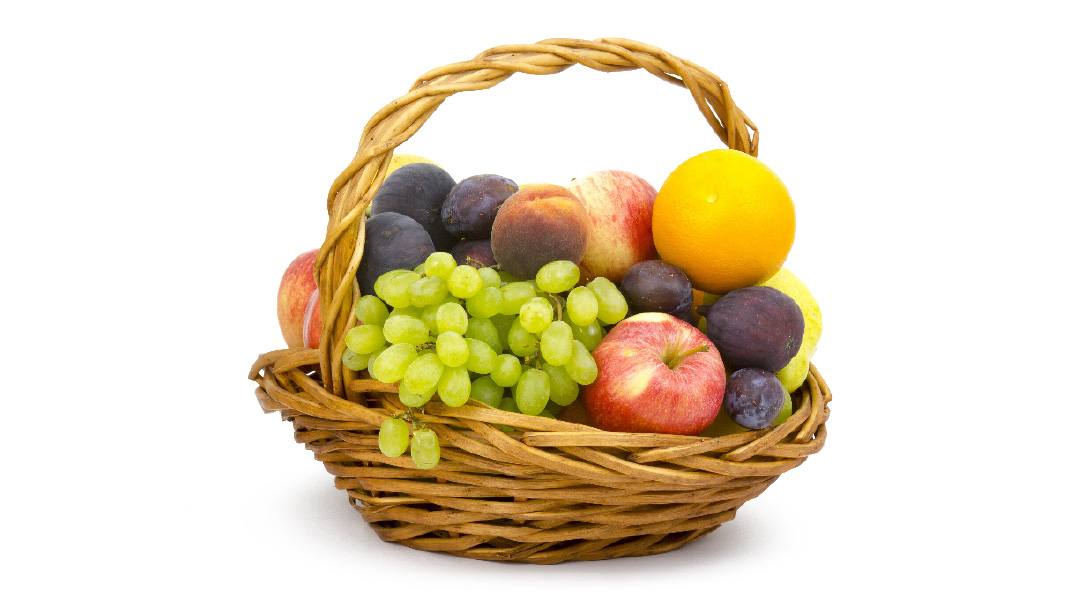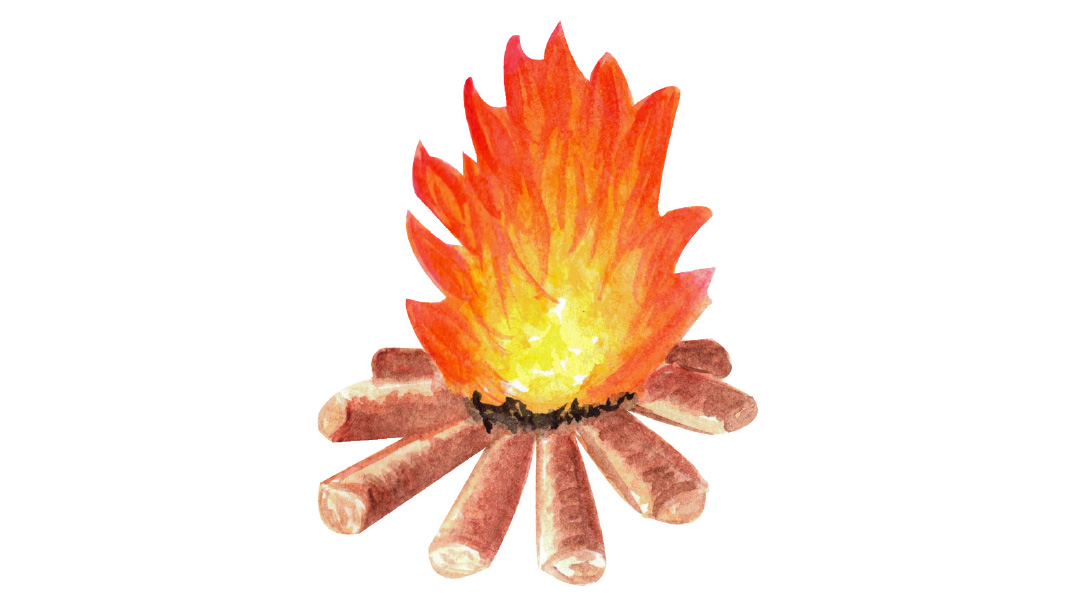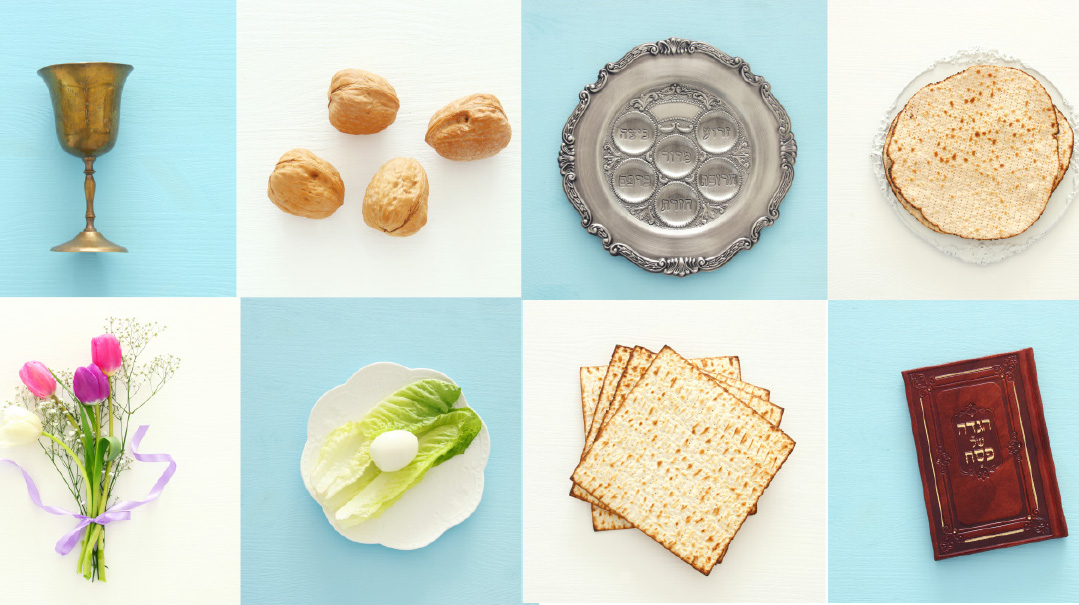Clouds of Embrace
| September 26, 2023Four insights into various elements of Succos that come to light based on the words of the Vilna Gaon
One of the great mysteries of the Yom Tov of Succos is that the Torah never quite explains what we are celebrating. The pesukim tell us that we shall dwell in succahs to remember what happened in the Midbar.“Ki b’succos hoshavti es Bnei Yisrael — for I placed Bnei Yisrael in succahs.” The question that naturally arises is why is this something so miraculous that we commemorate it for generations?
The Gemara (Succah 11b) records a dispute between Rabi Eliezer and Rabi Akiva as to what precisely the nature of these succos were. Rabi Eliezer maintains that the term refers to the Ananei Hakavod, while Rabi Akiva maintains that it means “succos mamash — actual succahs.”
Rabi Eliezer’s opinion gives us some insight into the miraculous nature of the event we are commemorating. Still, even this pshat leaves a question: Why would we be celebrating the Ananei Hakavod in the midst of Tishrei? Weren’t they introduced to us upon our leaving Mitzrayim — in Nissan?
The Vilna Gaon famously explains that after Klal Yisrael sinned with the Eigel, the Ananei Hakavod left us. Then Moshe davened on their behalf, and on Yom Kippur they were forgiven. Four days later, the Ananei Hakavod returned. Thus, on the 15th of Tishrei, we celebrate the return of the Ananei Hakavod by observing the Yom Tov of Succos. Below are four insights into various elements of Succos that come to light based on the words of the Vilna Gaon.
1
The Meshech Chochmah points out that we are first introduced to the Yom Tov of Succos in parshas Mishpatim, where the Torah refers to it as “Chag Ha’asif — the Harvest Festival.” It isn’t until parshas Emor that we find the term Chag Hasuccos. Why is this?
The Meshech Chochmah explains that Succos serves a dual function. It is a commemoration of the return of the Ananei Hakavod, but it is also a celebration of the harvest. He explains that the pesukim in parshas Mishpatim were written prior to the Cheit Ha’eigel. Thus, at that point, the holiday was limited to being a Chag Ha’asif. Only later, after they experienced the departure — and then return — of the Ananei Hakavod, did the Yom Tov receive the name “Chag Hasuccos.”
2
There is a principle that even where women might be deemed exempt from a mitzvah, they will be obligated where “af hein hayu b’oso haneis — they, too, were in that miracle.” This principle is applied to the mitzvah of lighting Chanukah candles, reading the Megillah, and drinking four cups of wine on Pesach. In all these instances, women enjoyed the same redemption the men did and are therefore obligated in the mitzvah. Tosafos (Pesachim 108b) asks: If this is the case, why is the principle not applied to Succos? Women, like men, enjoyed the protection of either the Ananei Hakavod or “actual succahs.” That being the case, women should be obligated in the mitzvah of succah! Why are they, in fact, exempt?
The Chasam Sofer as well as Kappos Temarim explain that based on the words of the Vilna Gaon, the question is answered. On Succos, we are not merely celebrating the fact that we were enveloped in the Ananei Hakavod — we are celebrating the return of the Ananei Hakavod following the Sin of the Eigel. Since women never partook in the sin, the Ananei Hakavod never left them. Thus, the principle of af hein hayu b’oso haneis does not apply — for, in fact, the miracle wasn’t even relevant to them.
3
The Gemara tells us that three gifts were given to us in the Midbar: the Ananei Hakavod, the mahn, and the Be’er Miriam — the Well of Miriam. A commonly asked question is, why do we only commemorate the Ananei Hakavod and not the other gifts?
The answer is that we are not celebrating the actual existence of the Ananei Hakavod; rather, we are celebrating their return — i.e., the fact that we were fully forgiven for our sin — and this is unique to the Ananei Hakavod.
4
In the Yom Tov davening, we say “Atah vechartanu mikol ha’amim, ahavta osanu, v’ratzisa banu — You chose us from among all the nations, You loved us, You desired us.” The Vilna Gaon comments that these three expressions refer to the Shalosh Regalim respectively.
Atah vechartanu refers to Pesach, as it is then that we were “chosen” as Hashem’s nation. Ahavta osanu refers to Shavuos, for the giving of the Torah was an expression of Hashem’s great love for us. V’ratzisa banu refers to Succos, for it is then that Hashem’s forgiveness reached its climax and, once again, He rested His Shechinah upon us.
This insight can further explain an amazing concept found in the sefer Shem MiShmuel, as well as other seforim. The succah, they teach us, is a microcosm of the Beis Hamikdash, so endowed is it with kedushah. According to the words of the Vilna Gaon, this can be well understood. The succah commemorates “v’ratzisa banu” — when the Shechinah once again rested upon Klal Yisrael, the very function of the Beis Hamikdash.
Thus the succah, which serves as a symbol of this union, also carries the kedushah of the Beis Hamikdash.
Rabbi Daniel Glatstein is the mara d'asra of Kehilas Tiferes Mordechai in Cedarhurst, NY, and author of numerous seforim in Lashon Hakodesh and in English for ArtScroll. He is an international lecturer and maggid shiur. His thousands of recorded shiurim are available on Torahanytime.com, podcast, his website rabbidg.com, and other venues.
(Originally featured in Mishpacha, Issue 980)
Oops! We could not locate your form.







